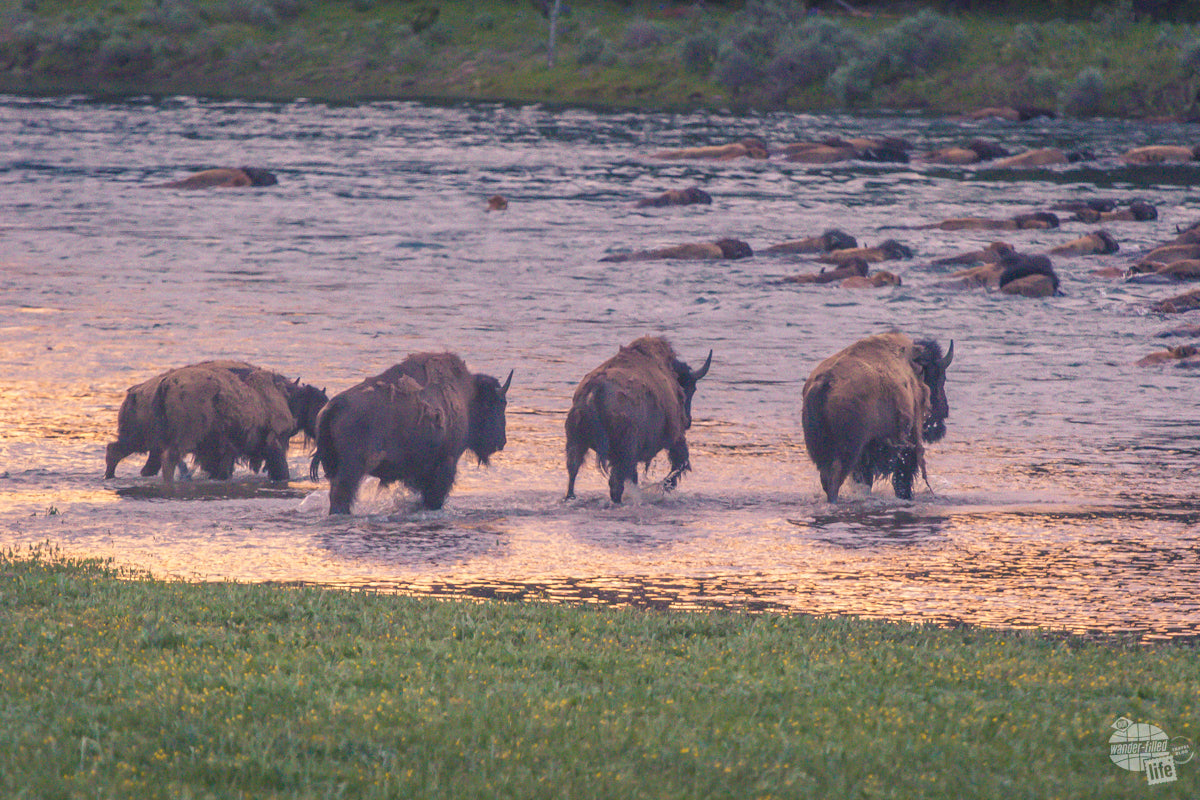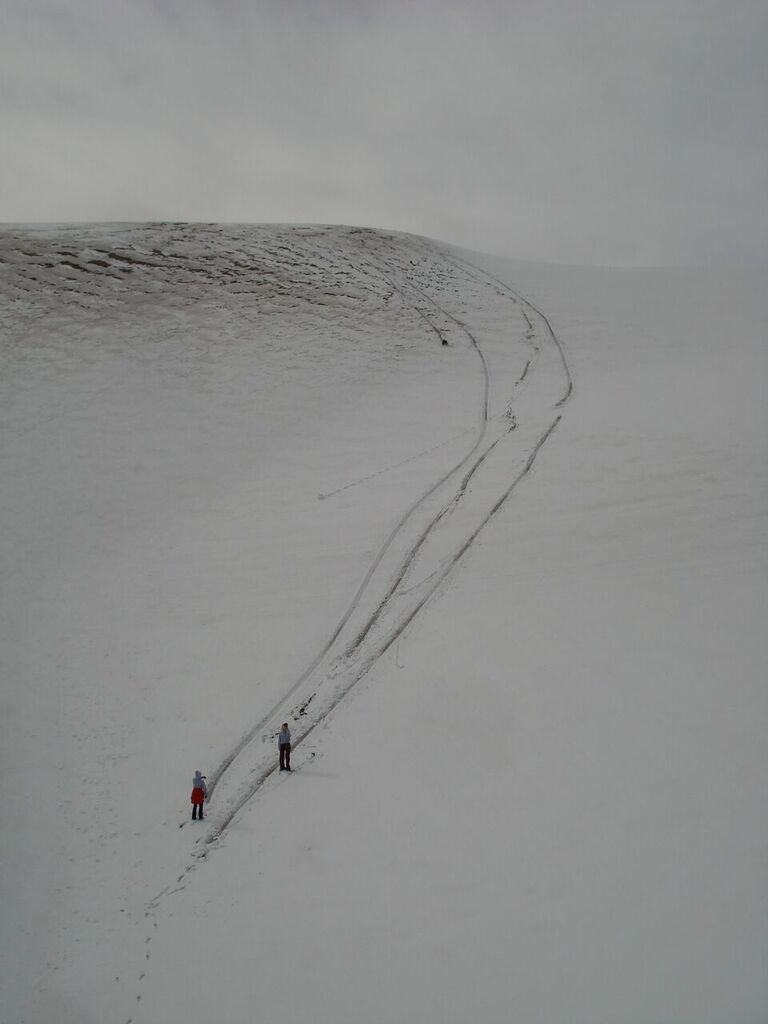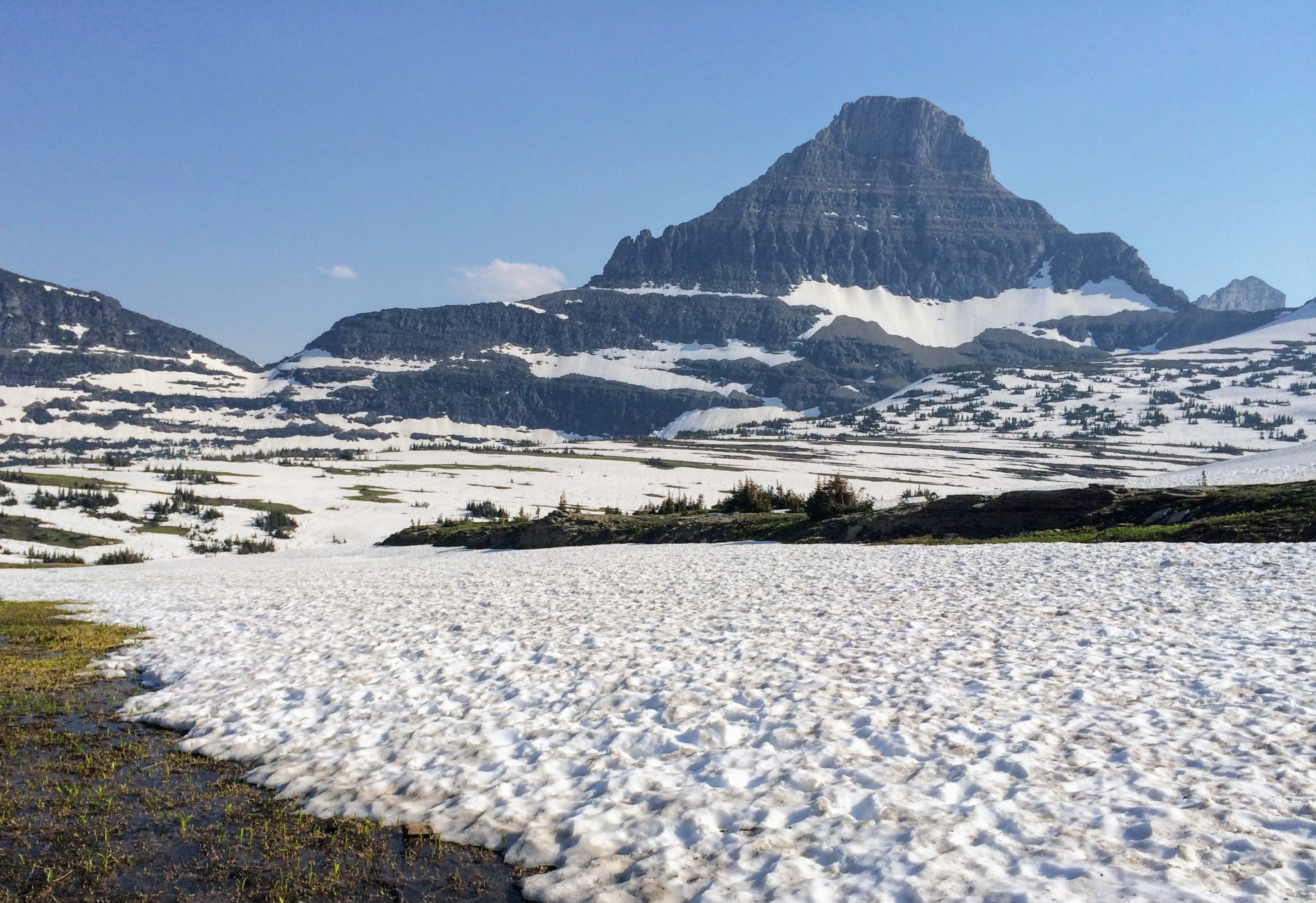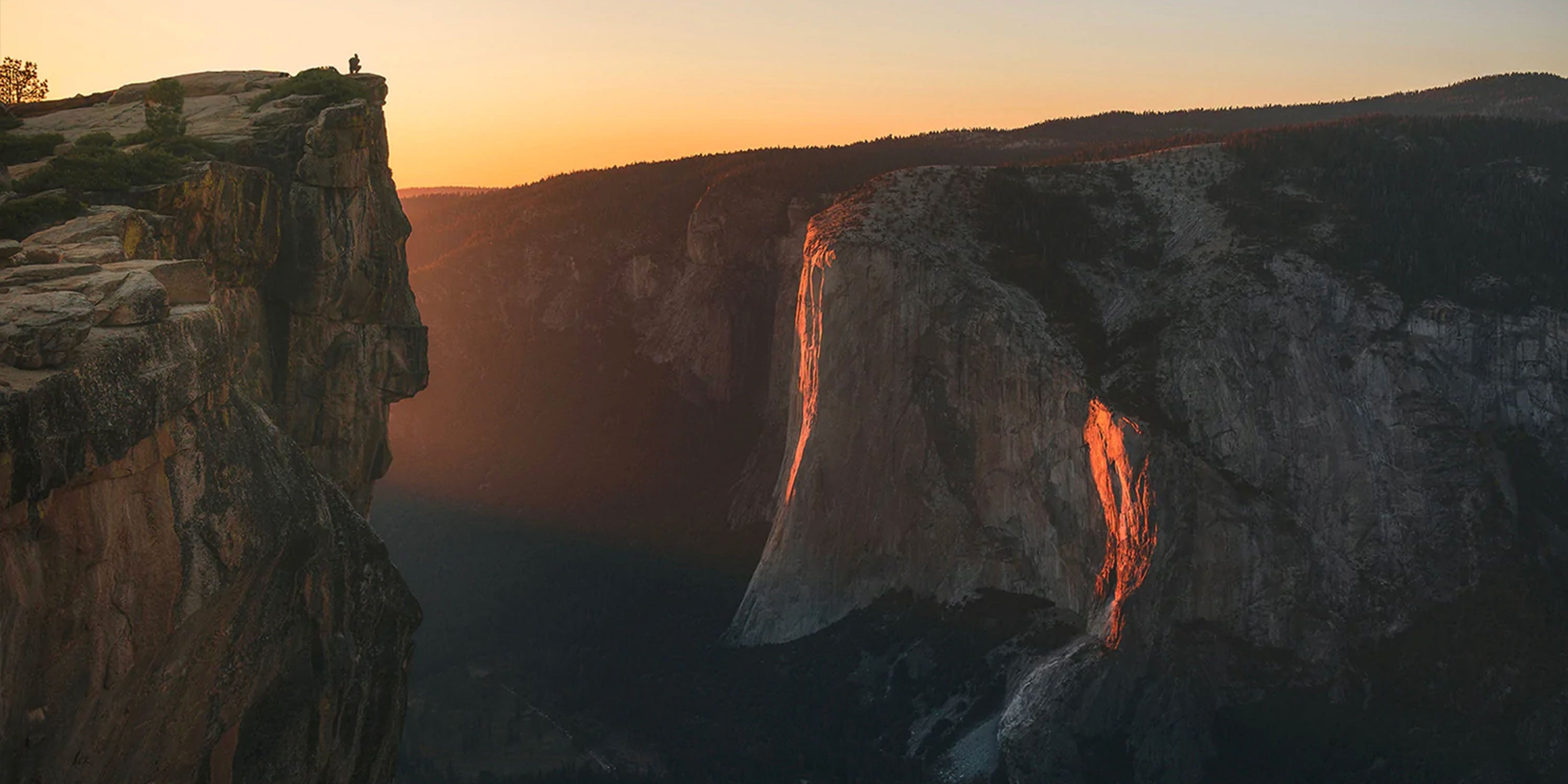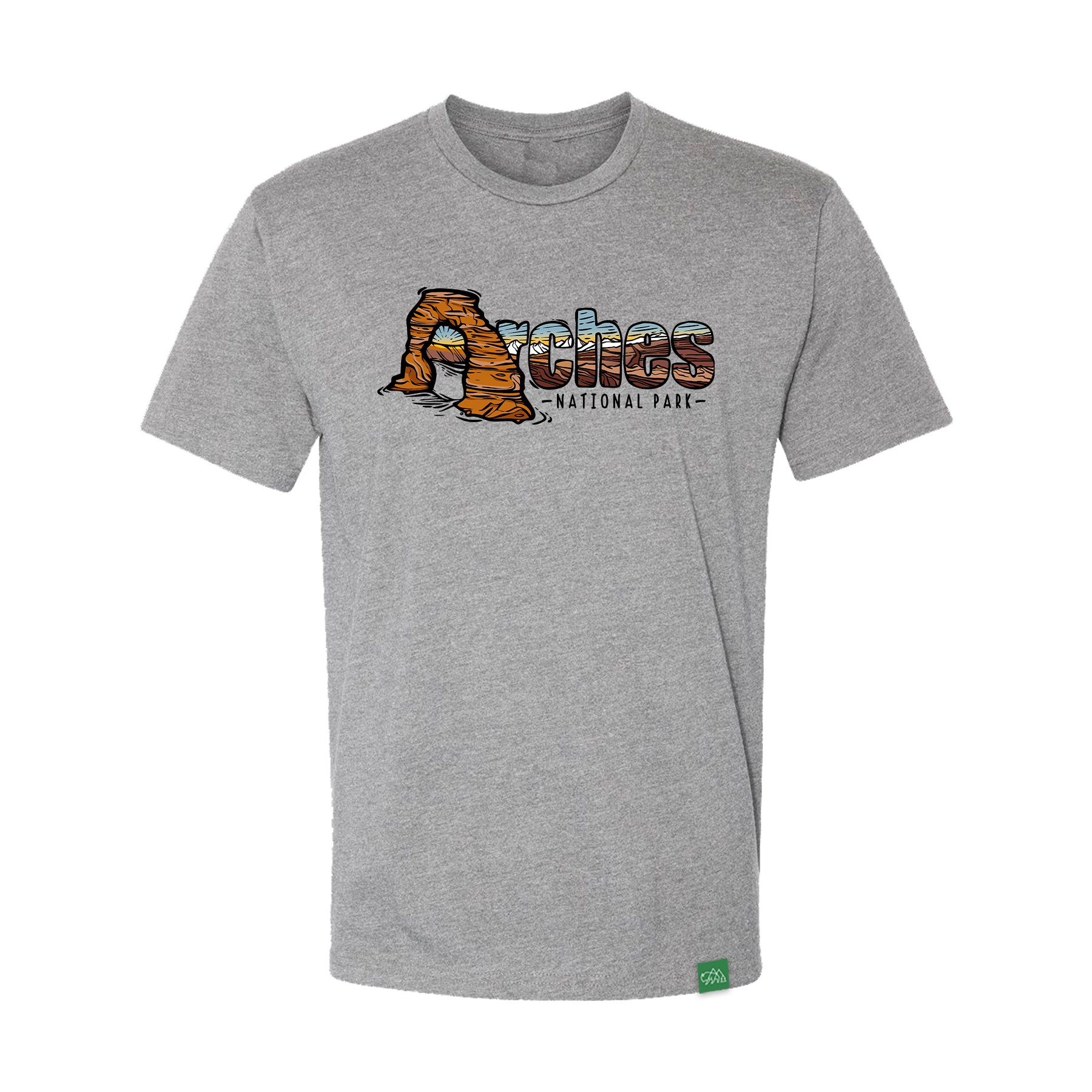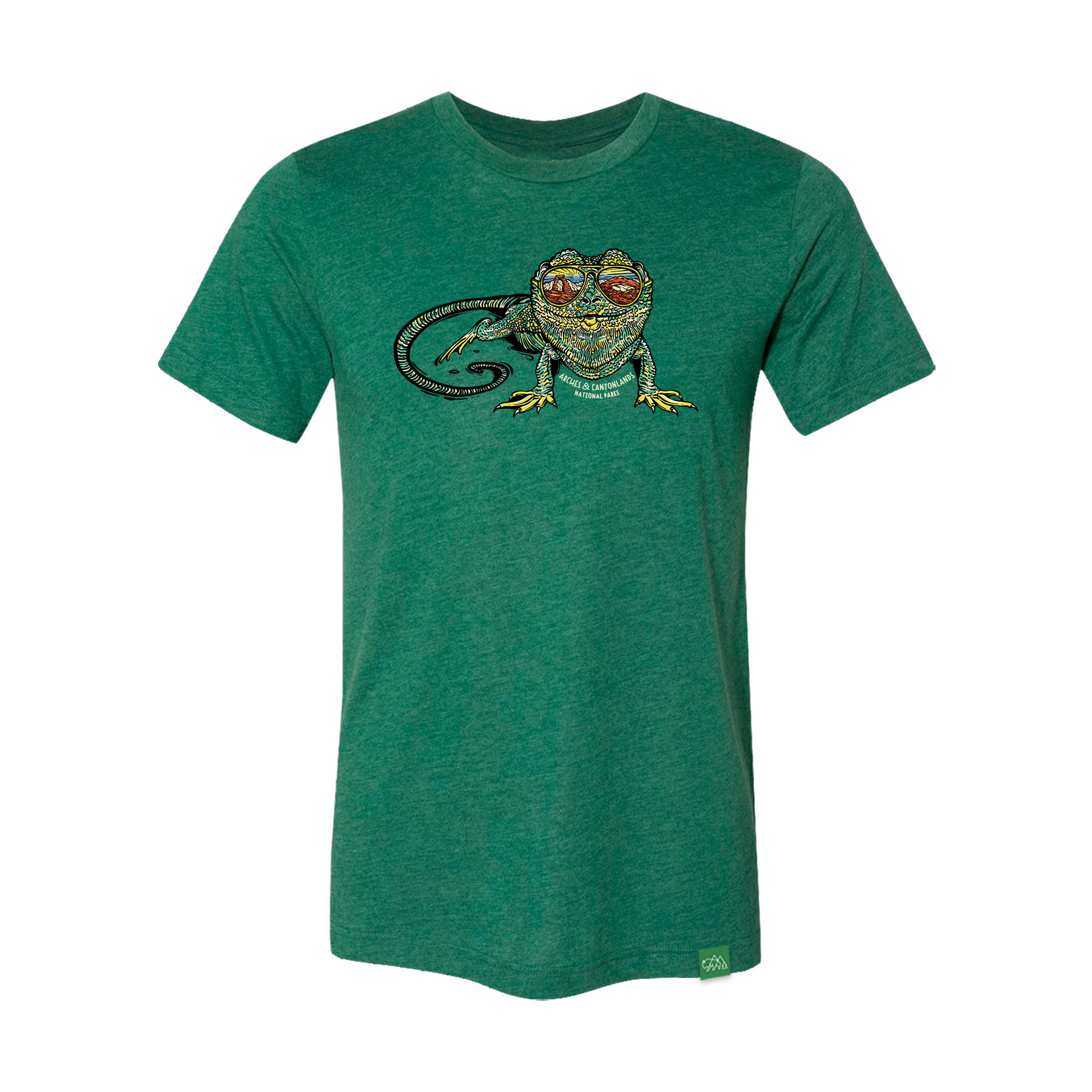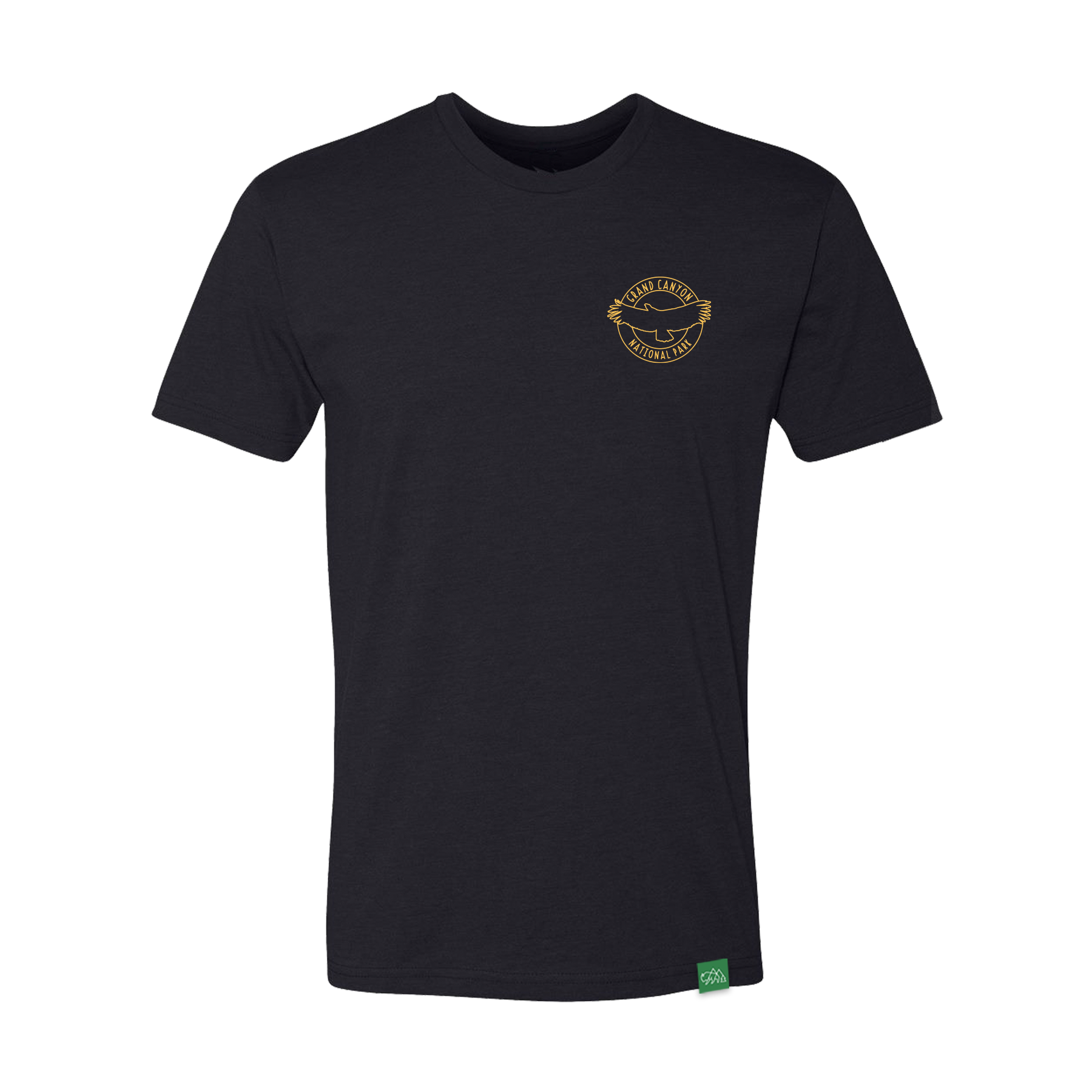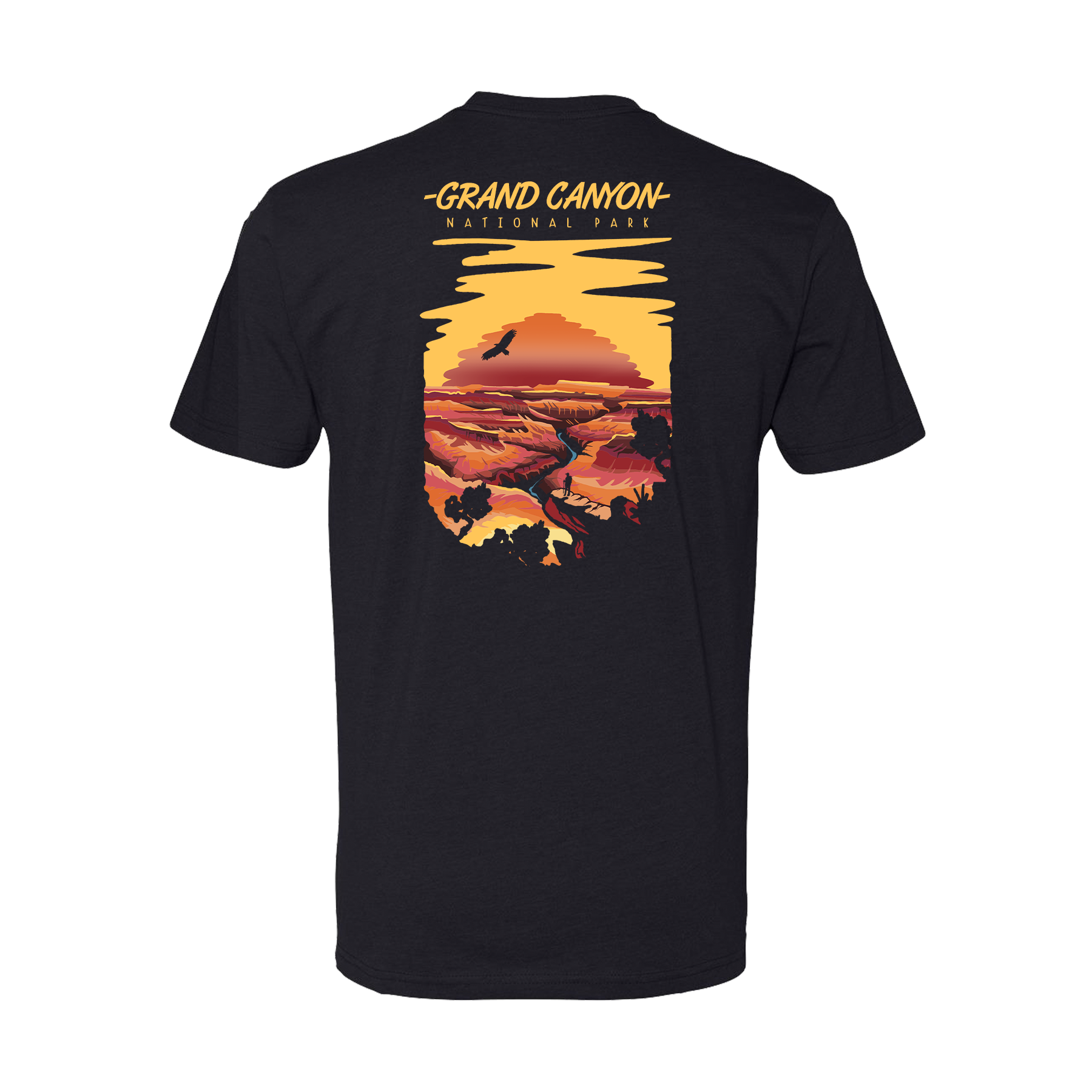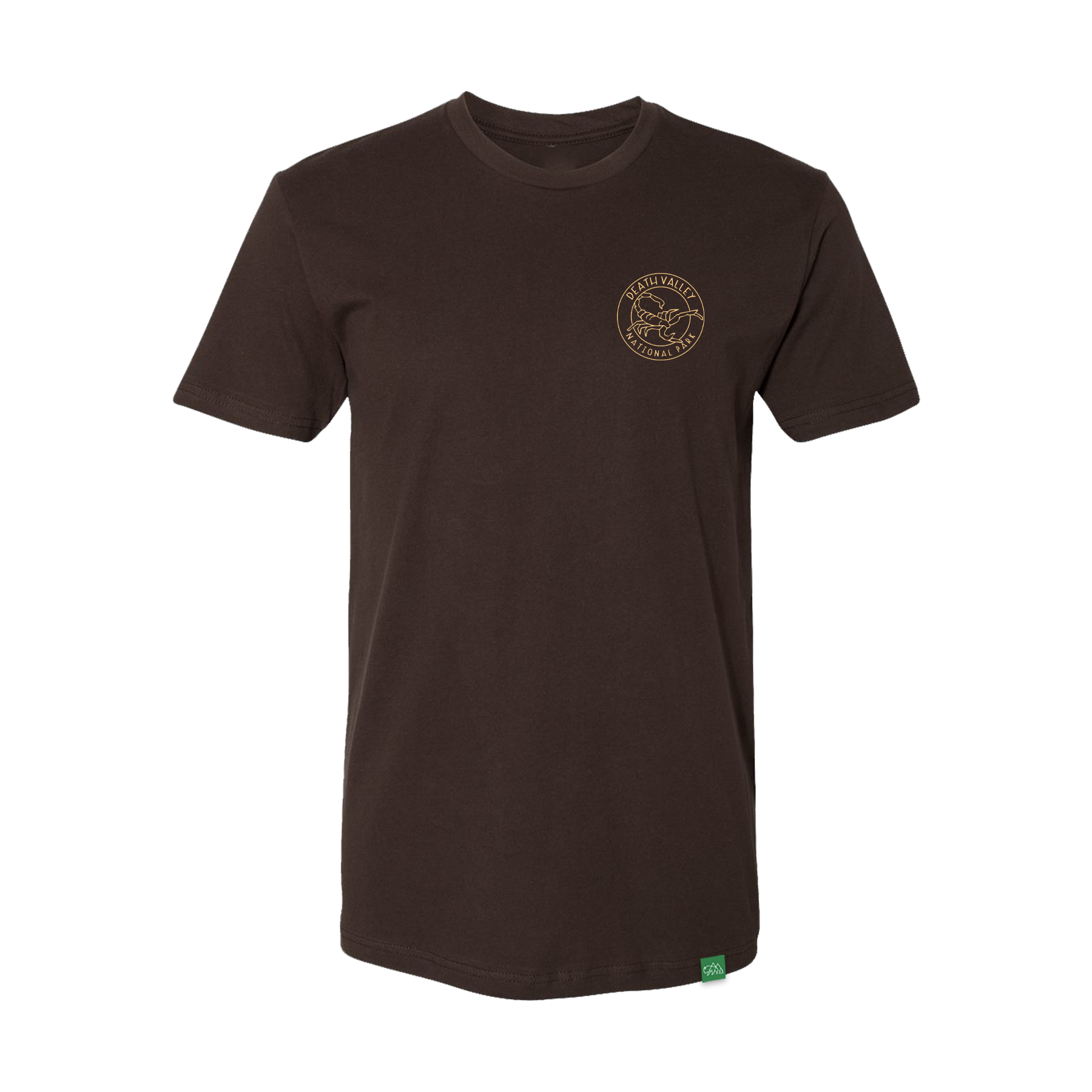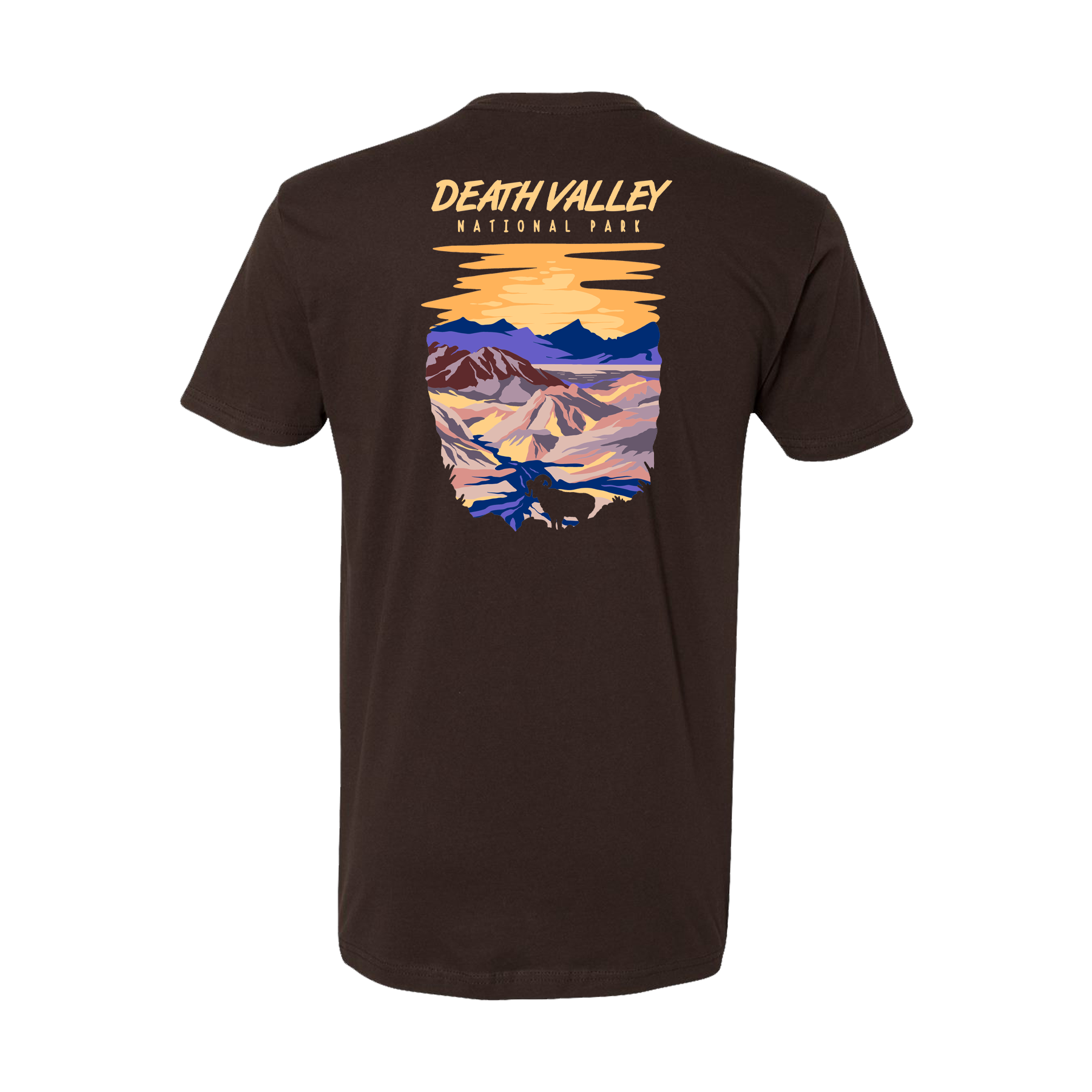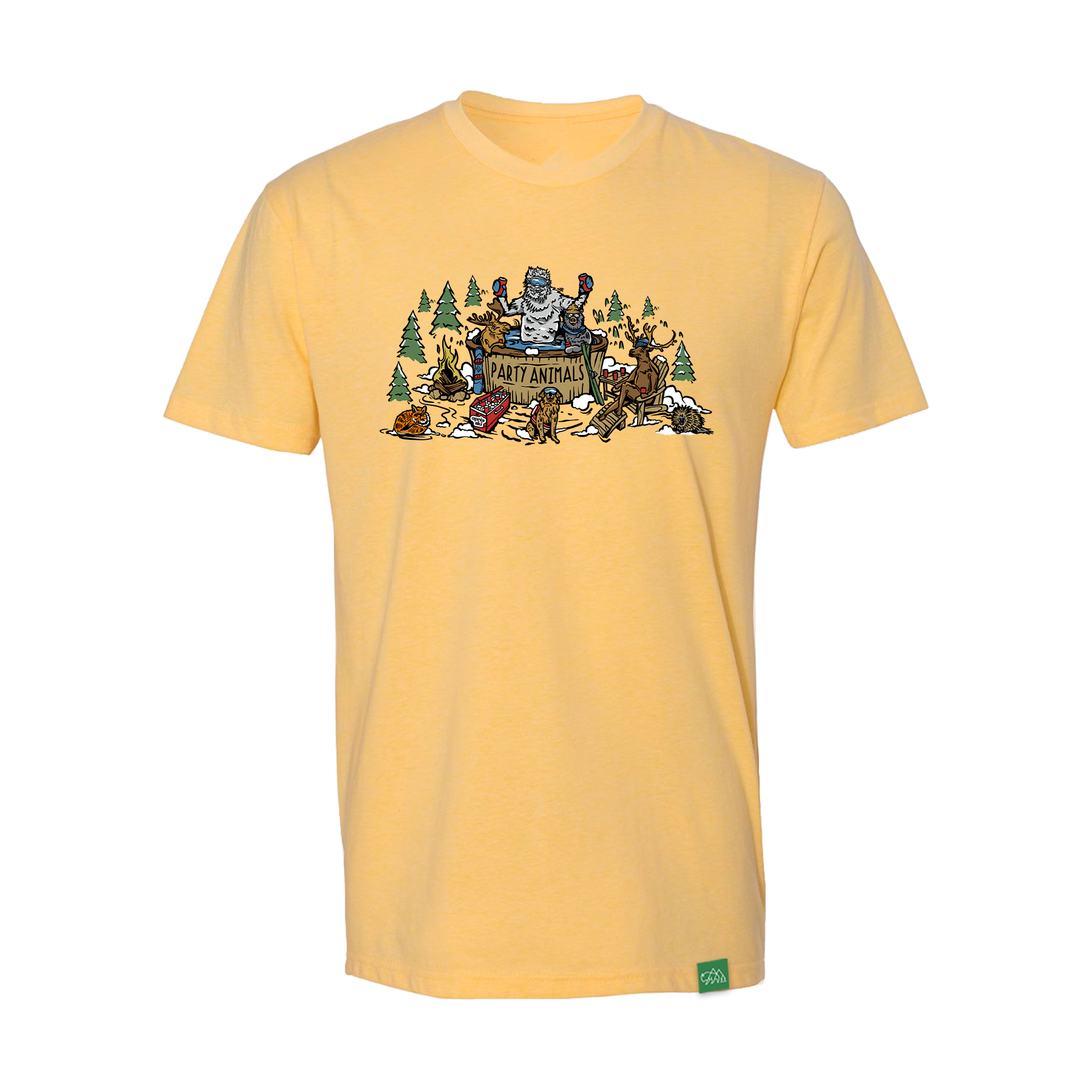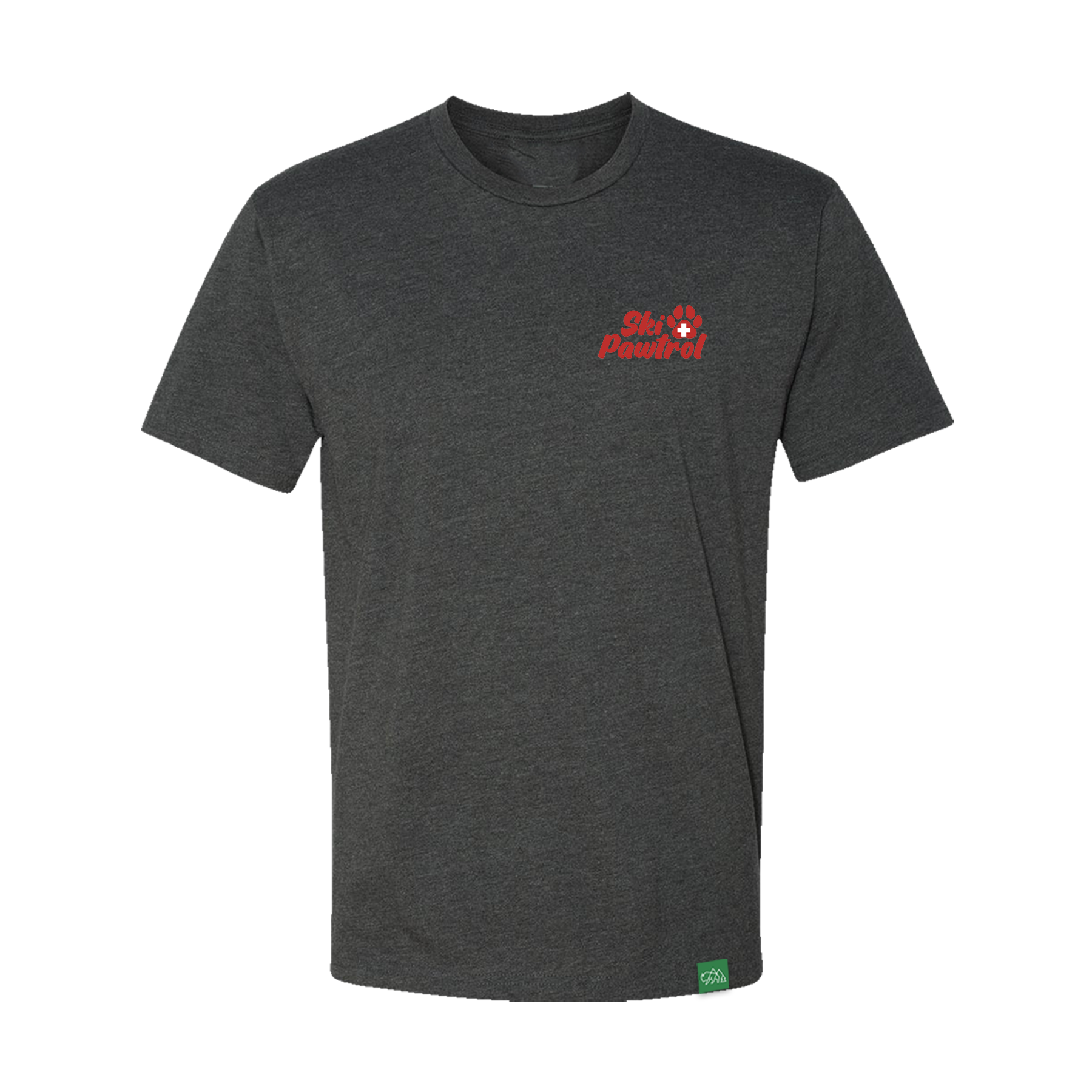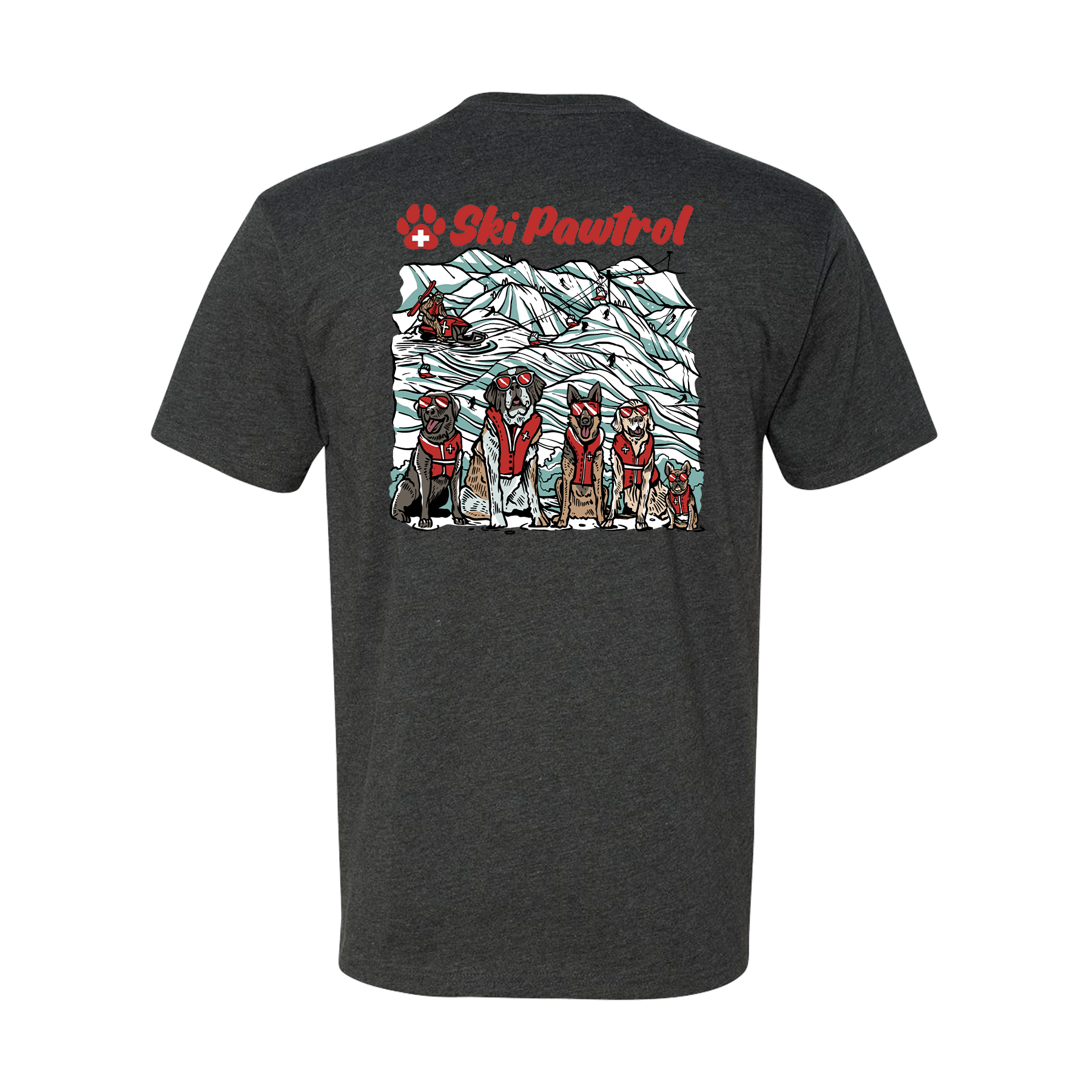We love RV camping and we love the units of the National Park Service. It only makes sense we would love camping inside a national park, right? Personally, we love staying in the parks. We particularly enjoy staying in the larger parks because of how much time it saves. Being in the park is a serious advantage in terms of wildlife spotting and getting to popular sights before the crowds show up. If you are a photographer, staying in a park is pretty much a must if you want to capture beautiful sunrises and sunsets.
 These bison "rush" to catch up with the rest of the herd as it crosses the river. We would have never gotten this shot if it weren’t for staying inside the park.
These bison "rush" to catch up with the rest of the herd as it crosses the river. We would have never gotten this shot if it weren’t for staying inside the park.
RV camping in a national park can be one of the best parts of an amazing vacation or it can be a complete hassle if you do not know what to expect. These national park RV camping tips will help you make the most of bringing your camper into the parks.
Tip 1: Know Your Camper’s Dimensions
First and foremost, you need to know your camper’s dimensions. The average maximum length for camping in a park service campground is 27 feet. While there are some exceptions, most campgrounds do not accommodate large Class A rigs.
You also need to know the height of your camper, including the AC and vents. This is important for getting to your site. There are plenty of roads in the parks with low clearances. Indeed, the main entrance into Yosemite National Park, El Portal Road, has a max clearance of 12 feet, 10 inches.
 As you enter the park from El Portal, there is an entry arch of two boulders to pass through.
As you enter the park from El Portal, there is an entry arch of two boulders to pass through.
Your width includes any slide-outs. NPS campsites are mostly designed for tents, not modern RVs. We knew the campsites at Fishing Bridge in Yellowstone National Park were tight and expected to not be able to use our awning. We were right.
The best thing to do is measure out your camper’s dimensions, including any tow or towed vehicles, before you even start to make reservations.
Tip 2: Make Reservations Well In Advance
Be sure you make your reservations, if available, well in advance. You will find reservations at park campgrounds go pretty quickly once they are available, especially at some of the more popular parks, like Yellowstone or Yosemite. Plan those trips several months in advance.
Case in point, we ended up not needing as much time as we thought we did coming into Yellowstone. We called and asked if they had any way to extend our stay. We were able to, but had to move campsites after one night. While it was a bit of a pain, it was worth it to stay in the park.
 Our campsite at the Fishing Bridge RV Park. Space is tight, but it's the only campground with hook-ups.
Our campsite at the Fishing Bridge RV Park. Space is tight, but it's the only campground with hook-ups.
Tip 3: Know Your Way In
So, my wife and I were headed to Yosemite National Park from Fresno, using Waze as our primary form of navigation.
We love Waze for Interstate travel, especially for getting around traffic jams. The problem is Waze does not take into account your camper’s clearance when traveling.
So, Waze started taking us down a backroad near Mariposa, CA. Fortunately, I remembered the campground specifically advising us not to take that road. We quickly found a place to turn around and headed to the recommended route.
You will find most park Web sites have information on the best route if you take the time to check out the site beforehand.
 Tioga Pass, and most of Tioga Road, was still closed when we visited in mid-June. It's not hard to understand why: the area had gotten double the normal snowfall... Including snow while we were there. This forced us to take a long detour to find a mountain pass we could cross with the camper.
Tioga Pass, and most of Tioga Road, was still closed when we visited in mid-June. It's not hard to understand why: the area had gotten double the normal snowfall... Including snow while we were there. This forced us to take a long detour to find a mountain pass we could cross with the camper.
Tip 4: Don’t Expect to Have Hookups
Most NPS campgrounds do not have hookups or have only partial hookups. Indeed, of all the campgrounds at Yellowstone, only one has hookups (Fishing Bridge). Yosemite has no campgrounds with hookups.
If you plan on boondocking, or camping without hookups, from the beginning, this will not be a problem. That said, most folks like to have the amenities of home while RV camping and this will be a nonstarter.
We did not want to camp for seven days without hookups inside Yosemite, so we stayed in a campground outside the park. It meant a 45-minute drive to the park everyday. In Yellowstone, however, since there is a campground with hookups relatively centrally-located, it was a no brainier to spend a little bit more money to stay close to the action.
 One of the drawbacks to staying outside the park, especially Yosemite, is the traffic to get into the park.
One of the drawbacks to staying outside the park, especially Yosemite, is the traffic to get into the park.
Some of the hassle of boondocking can be alleviated by using a generator, but most parks, rightfully so, have restrictions on when you can use them. Yosemite, for example, limits generator use to only six hours per day in two-hour segments.
As someone who spent years tent camping, I am glad for the limitations on running generators. No one wants to be woken up by a generator kicking on.
Tip 5: Don’t Ignore Bear Storage Requirements
Just because you are in a camper does not mean you can ignore the requirements for storing food in bear country. Always ask the campground host about best practices for dealing with food storage when you arrive.
It goes without saying, but don’t leave food or scented items out overnight and always clean your grill after you cook. The last thing you want is a hairy guest sniffing around your camper.
 As much as we all love seeing bears, no one wants this guy coming to dinner!
As much as we all love seeing bears, no one wants this guy coming to dinner!
Final Thoughts
The most important thing about camping in the national parks is to enjoy yourself. While the vast majority of campgrounds do not have the amenities we have all come to expect from private campgrounds, they do provide a place to hang your hat for a brief time in one of America’s treasures. If you go into the experience knowing what to expect, you will find the minor hiccups of the experience are far outweighed by amazing experiences to be had in a park.
About the Author: Grant and Bonnie Sinclair are high school teachers who spend every break traveling and started the travel blog, Our Wander-Filled Life, to tell their stories. They are presently working on visiting all 50 states by their 10th wedding anniversary (seven more states to go by 2020!) and seeing as many National Parks sites as possible (177 so far!). You can read more about their adventures at wanderfilledlife.com. You can also find them on Twitter, Facebook and Instagram.

